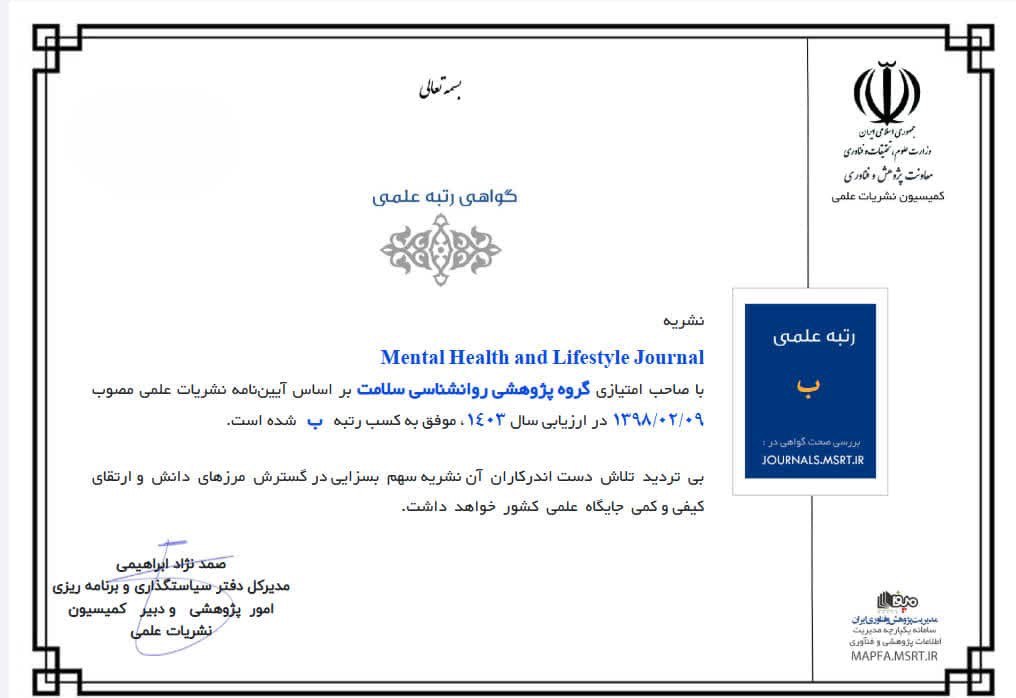About the Journal
Mental Health and Lifestyle Journal (MHLJ) is a peer-reviewed, open access academic journal dedicated to the interdisciplinary study of mental health and its dynamic interactions with lifestyle-related practices. As a scholarly platform, MHLJ publishes original research articles, systematic reviews, meta-analyses, brief reports, case studies, and theoretical contributions that explore how lifestyle factors—such as physical activity, nutrition, sleep, stress management, social relationships, digital behavior, and other health-promoting practices—impact psychological well-being across diverse populations and settings.
The journal is committed to academic rigor, scientific integrity, and social relevance. It seeks to serve mental health professionals, public health experts, lifestyle medicine practitioners, psychologists, psychiatrists, medical researchers, and policymakers interested in advancing evidence-based knowledge on the preventive and therapeutic roles of lifestyle interventions in mental health care.
MHLJ follows a double-blind anonymous peer-review process, ensuring that both authors and reviewers remain unaware of each other’s identities. Each manuscript is reviewed by at least two, and in some cases three, expert reviewers to ensure objectivity, methodological soundness, and scholarly contribution.
The journal is published continuously and aims to provide rapid dissemination of high-quality research in both theoretical and applied domains. We welcome contributions from international authors and encourage interdisciplinary research that bridges mental health with lifestyle medicine, behavioral science, social determinants of health, and integrative care approaches.









